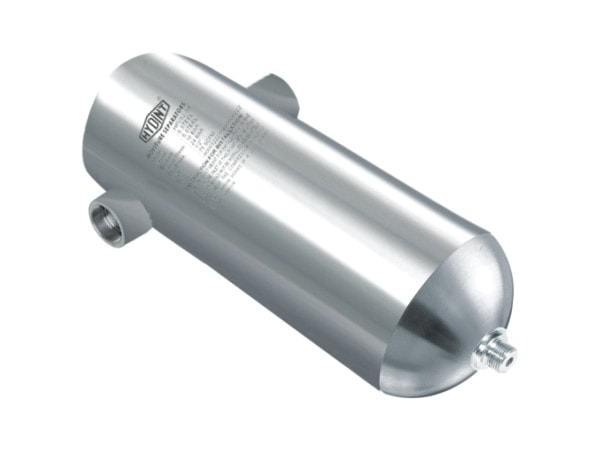|
Did you realize that moisture is consistently present in the air, regardless of whether we can't see it? At the point when the air is compressed in a compressed air framework and is cooled past its dew point, it gathers into fluid water. This makes a problem, as compressed air frameworks depend on dry air and can't play out their capacities appropriately if the air is wet. All the more explicitly, the air should not contain any fluid moisture and ought to be at a general stickiness of under half to forestall erosion. Moisture in Compressed Air is Damaging Need to know precisely what inconveniences fluid water in air frameworks can cause? Look at the accompanying:
Eliminating moisture for consumption insurance is additionally significant for the gear utilizing the air and the air framework itself. Particulate made from rust and scale can foul lines and harm segments of the air framework. In the most pessimistic scenario, consumption could prompt disappointment in the line work, making spills and keeping air from arriving at the cycle where it is required. Most producers utilize compressed air dryers as one of the strategies for eliminating moisture. Air leaving a blower is warmed and 100% immersed with water. As the air cools, fluid water starts to gather. Since the air ordinarily gets cooler the further it gets into the framework (air frameworks likewise regularly go through chilly territories like the outside prior to arriving at the cycle), it is considerably more successful to dry the air before placing it into the air net. The air channels and moisture separator can eliminate moisture from the compressed air and to eliminate water fume, you should utilize a dryer. Eliminating Moisture from Compressed Air
There are few methods for eliminating moisture from compressed air:
0 Comments
Leave a Reply. |
AuthorWrite something about yourself. No need to be fancy, just an overview. Archives
June 2022
Categories
All
|


 RSS Feed
RSS Feed
